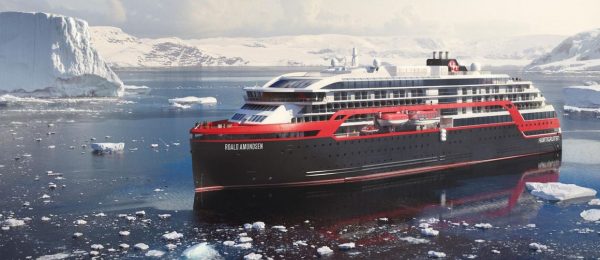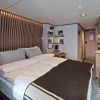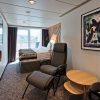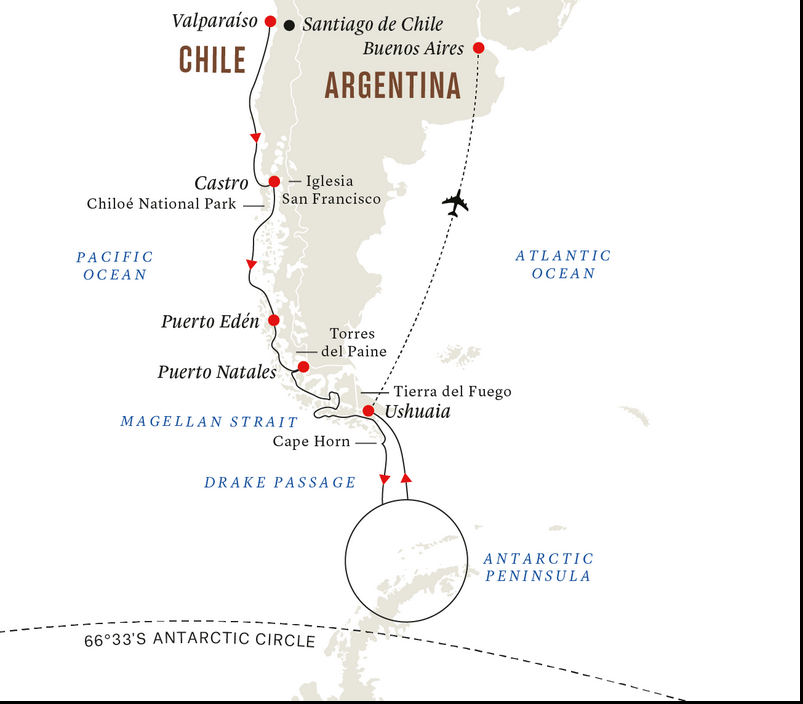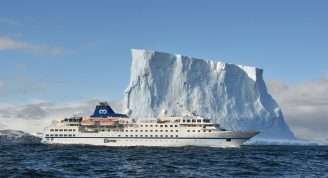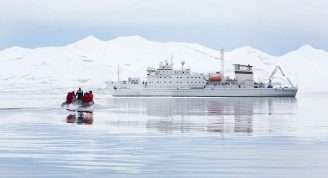Description
The national parks of Patagonia
The expedition begins in the UNESCO city of Valparaíso, sailing to rustic and charming Castro. From there, we continue to the isolated hamlet of Puerto Edén within Bernardo O’Higgins National Park, and Puerto Natales, gateway to Torres del Paine National Park which you can visit on an optional excursion. We cruise the Strait of Magellan on our way through the Beagle Channel before reaching the southernmost tip of South America. If we have favourable sea conditions, we’ll try landing at Cape Horn. After that, we’ll start our crossing of the Drake Passage towards Antarctica.
The Seventh Continent
When you arrive in Antarctica, it will be late spring. The snow is fresh from winter, icebergs look pristine, and penguin species are courting and nest-building. Over the next four days, you’ll be exploring several landing sites out of a choice of 20. We have no fixed itinerary, as wind, weather, wildlife and sea ice in this extreme environment can affect our daily programme. But rest assured, it’s all part and parcel of the adventure. You’ll enjoy joining the Expedition Team on lectures, ice-cruising, landings and possibly on optional activities like kayaking, snowshoeing or even camping.


